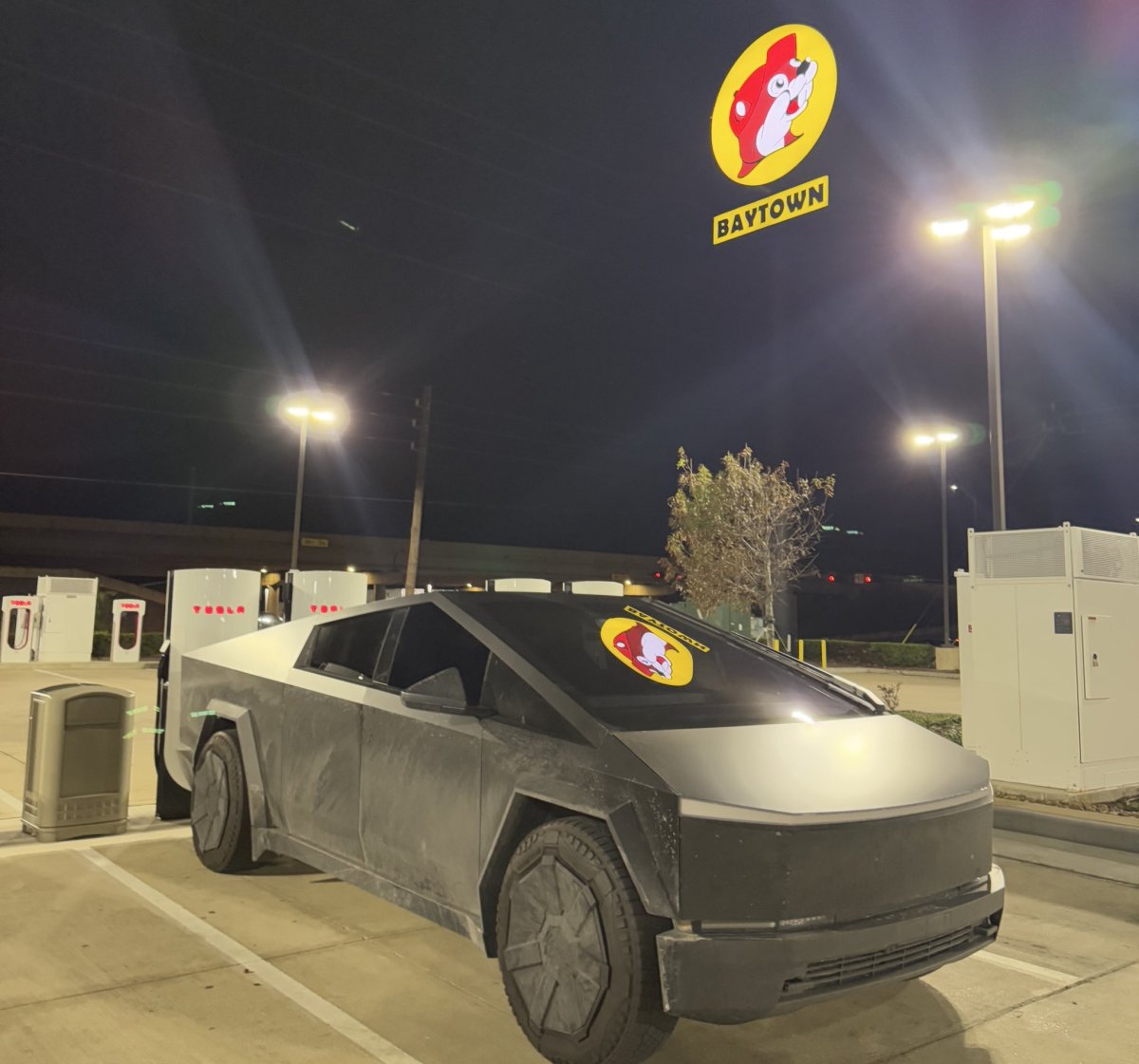Tesla, OTA 업데이트를 통해 V4 슈퍼차저에서 325kW 충전 가능

테슬라가 이제 V4 슈퍼차저에서 325kW 충전을 가능하게 했습니다. 현재로서는 Tesla 수퍼차저에서 250kW 이상으로 충전할 수 있는 최초의 차량인 사이버트럭에만 해당됩니다. 이 새로운 충전 속도는 Tesla가 2024년 12월 초에 미국 내 일부 수퍼차저 지점에서 테스트 중이었으나, 이제 북미 전역으로 확대되었습니다.
V4 수퍼차저
캐나다와 미국 등 북미 전역의 V4 수퍼차저 포스트에서 새로운 325kW 최고 충전 속도를 사용할 수 있게 되었습니다. 또한 V4 수퍼차저 포스트는 더 긴 케이블을 제공하며, 특히 짧은 V2 케이블로 인해 때때로 방해를 받을 수 있는 사이버트럭에 큰 도움이 됩니다.
V3 포스트가 여전히 가장 일반적이지만, Tesla의 수퍼차징 팀은 풀스루 견인용 수퍼차징 스톨을 포함하여 이전 사이트를 V4 하드웨어로 업그레이드하기 위해 노력하고 있습니다. Tesla의 V4 스톨은 현재 슈퍼차저 네트워크의 약 14%를 차지하며, 이는 2%에 불과했던 2023년 4분기에 비해 크게 개선된 수치입니다.
더 빠른 충전
사이버트럭 소유자의 일부 초기 테스트에 따르면 새로운 325kW 최고 속도는 충전 시간을 약 5분 개선할 수 있을 것으로 예상됩니다. 따라서 현재 0~80% 충전 속도가 40분에서 단 35분으로 단축됩니다. 이는 차량이 높은 충전 속도를 상당 시간 동안 유지할 수 없었기 때문입니다.
그리고 가장 좋은 점은? 이 새로운 기능은 슈퍼차저의 OTA 업데이트를 통해 활성화되었습니다. Tesla의 충전 담당 이사 Max de Zegher는 이 하룻밤 사이 변경이 현장 방문 없이 빠르고 효율적이며 조용하게 이루어졌다고 말합니다.
현장 방문 없이 수퍼차저에 소프트웨어 업데이트를 푸시할 수 있다는 것은 놀랍도록 효율적이고 강력합니다. https://t.co/SXaeKfhKes
V4 포스트 찾기
사이버트럭의 터치스크린에 325kW 충전기의 위치가 표시되며, 충전소 이용 가능 여부에 따라 자동으로 더 빠른 충전기로 이동합니다. 이는 견인 모드를 활성화하면 차량이 견인 가능한 충전소가 있는 슈퍼차저 사이트를 우선적으로 찾는 것과 유사합니다.
더 빠른 충전이 시작됩니다
테슬라는 또한 V4 캐비닛에 사이버트럭의 최고 충전 속도를 무려 500kW로 업그레이드하는 작업을 진행하고 있다고 밝혔습니다(. 이는 새로운 800V 아키텍처가 가져온 엄청난 개선으로 인해 현재 다른 Teslas의 두 배에 달하는 속도입니다.
새로운 V4 캐비닛의 출시와 500kW 충전 속도로 인해 사이버트럭의 충전 속도가 더욱 향상될 것으로 기대합니다. 사이버트럭의 업데이트된 충전 곡선에 따라 35분 충전 시간이 30분 이하로 단축될 것으로 예상합니다.
다음 차량은?
현재 사이버트럭은 800V 고전압 및 48V 저전압 아키텍처를 갖춘 유일한 차량입니다. Tesla가 첫 번째 대중 시장 리프레시 모델인 리프레시 모델 Y 주니퍼에 이 두 가지 큰 변화를 가져올 것으로 예상했지만, 이는 실현되지 않았습니다. 따라서 적어도 아직까지는 새로운 325kW 속도가 구형 차량에 적용될 것으로 예상하지 않습니다.
그러나 Tesla가 차량 충전 속도, 기능 및 곡선을 계속 개선할 여지는 여전히 남아 있습니다. 최근 LFP 배터리 팩이 장착된 RWD 스탠다드 레인지 차량에 새로운 배터리 가열 기능을 활성화하여 추운 환경에서 더욱 빠르게 슈퍼차징할 수 있게 되었습니다.
경쟁이 치열하다
일부 경쟁업체는 속도뿐 아니라 전반적인 충전 곡선에서도 Tesla의 슈퍼차저 속도를 뛰어넘고 있습니다. 특히 30~80% 범위 전체에서 안정적인 150kW로 충전하도록 LFP 배터리 팩을 추진하고 있는 일부 중국 경쟁업체의 경우 더욱 그렇습니다.
테슬라 차량은 현재 충전 속도를 장시간 유지하는 데 어려움을 겪고 있으며, 이는 빠르게 시작하지만 다른 차량보다 더 빨리 지치게 된다는 것을 의미합니다. 포르쉐 타이칸과 모델 3처럼 충전 속도가 빠른 차량의 경우 800마일 거리에서 약 60분의 시간 차이가 있었습니다.
특히 타이칸(시작가 101,000달러)과 모델 3(47,490달러-LR AWD) 사이의 가격 차이를 고려하면 전체적으로 큰 시간 차이는 아닙니다. Tesla는 배터리 상태를 유지하고 가격을 낮게 유지하면서 좋은 충전 속도를 찾고 있는 것 같습니다.
충전 속도가 업계 최고는 아니지만, 현재 슈퍼차저의 위치와 신뢰성이 이를 충분히 보완하고 있습니다.


